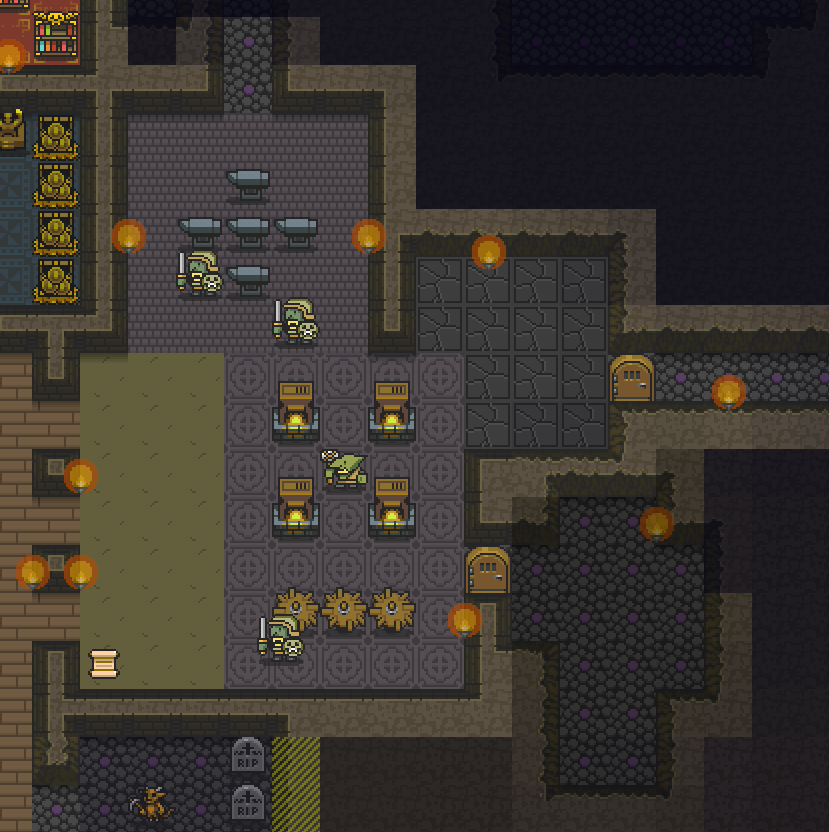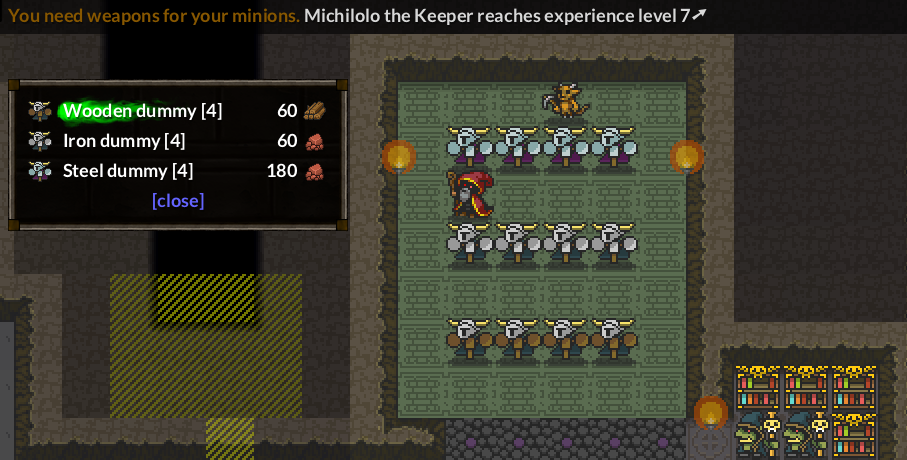
KeeperRL - Michal Brzozowski
You can now playtest Alpha20 on Steam! To do this, opt into the dev beta branch in the game's properties in your library. For now I only uploaded Windows (both 64 and 32-bit) builds.
I'm not planning to add any new features before releasing, so if no major problems show up, you can expect Alpha20 to become official within one week.
Please let me know of any bugs or other issues!
The changes from the last two weeks include:
I'm not planning to add any new features before releasing, so if no major problems show up, you can expect Alpha20 to become official within one week.
Please let me know of any bugs or other issues!
The changes from the last two weeks include:
- Fixed the "white screen of death", which prevented a lot of players from launching Alpha20.
- Doppelganger absorbtion was made completely manual.
- New dialog with control mode commands integrated with help.
- Storage is reimplemented as zones instead of floor. This means that you can designate it over any floor or even outside the dungeon.
- Separate experience points for combat. All creatures, excluding the adventurer, can gain a maximum of 4 levels in combat. There is also a dialog which shows the details of experience gains of a creature.
- Legendary humanoids got their limbs back :)
- Added a new trigger to all main villains, which increases their aggression after 7000 turns.
- Fixed tile claiming. You can also claim furniture of destroyed tribes.






